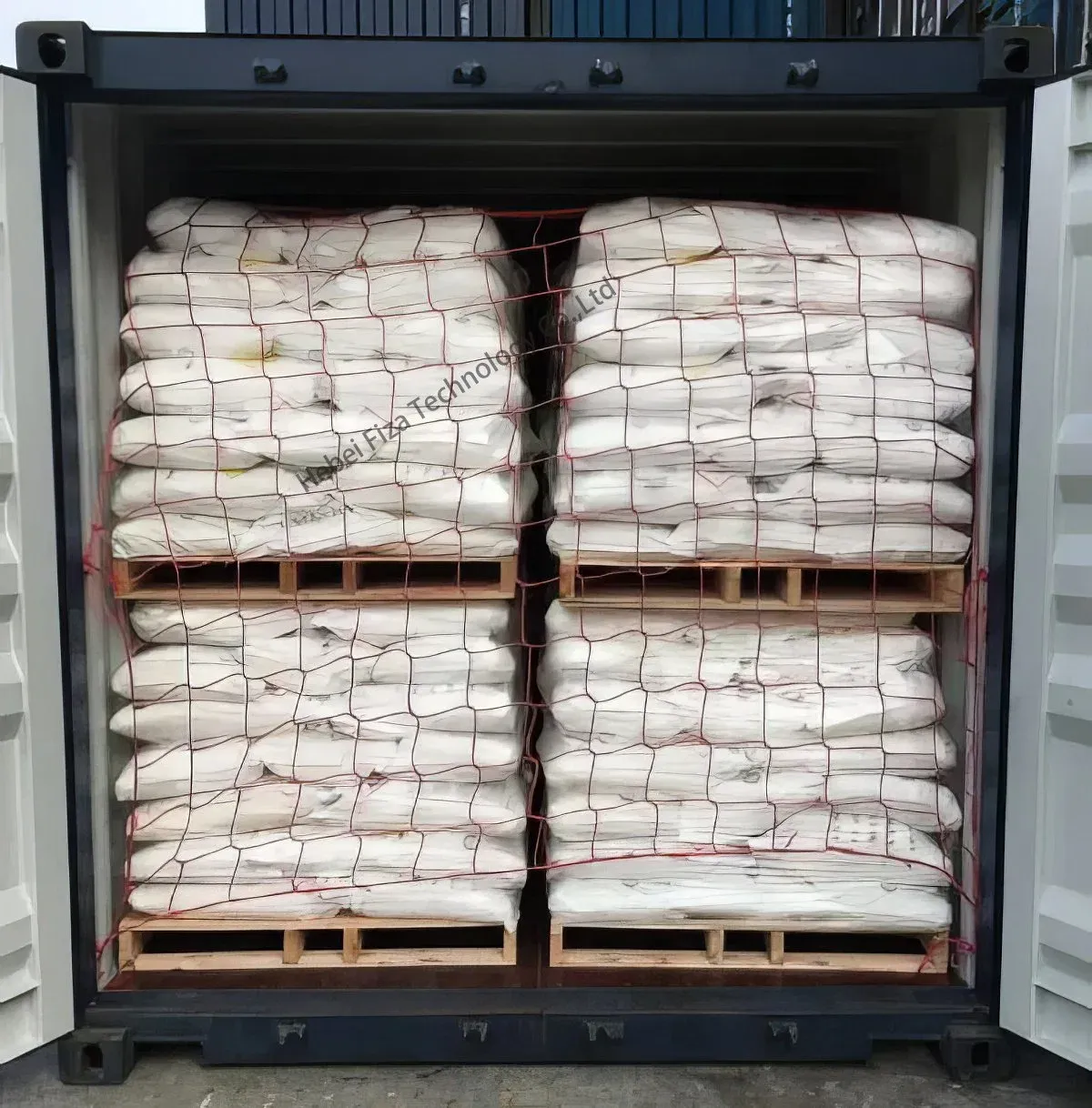



sodium hydroxide incompatible chemicals
Understanding the Incompatibilities of Sodium Hydroxide in Chemical Handling
Sodium hydroxide (NaOH), commonly known as caustic soda or lye, is an essential compound utilized in various industries, including manufacturing, food processing, and water treatment. Its strong alkaline properties make it a powerful agent for neutralizing acids and a key player in saponification reactions. However, despite its utility, sodium hydroxide has several incompatibilities that are crucial to understand for safe storage and handling.
Chemical Nature and Reactivity
Sodium hydroxide is a highly reactive substance, especially when it comes in contact with certain chemicals. Its ability to dissociate into sodium ions and hydroxide ions in water makes it a strong base, leading to potentially hazardous reactions with various materials. Recognizing sodium hydroxide's incompatibilities is vital to prevent dangerous chemical reactions that could result in fires, explosions, or the release of toxic gases.
Incompatible Chemicals
1. Acids Sodium hydroxide is highly incompatible with acids, including hydrochloric acid, sulfuric acid, and nitric acid. When mixed, they undergo an exothermic reaction to produce water and salt, which can generate significant heat. If not properly managed, this reaction can lead to splattering or boiling of the mixture, posing a risk of chemical burns or equipment damage.
2. Ammonium Compounds Ammonium salts, like ammonium chloride and ammonium sulfate, can react violently with sodium hydroxide. This reaction may produce ammonia gas, which is toxic and can cause respiratory issues if inhaled. The release of ammonia can also create an alkaline mist, leading to further complications in confined spaces.
3. Halogenated Organic Compounds Chlorinated solvents (such as chloroform and carbon tetrachloride) and other halogenated organic compounds are also incompatible with sodium hydroxide. These compounds can be decomposed by strong bases, which can result in the release of hazardous gases or the formation of explosive materials.
4. Metals and Metal Oxides Sodium hydroxide can react with certain metals like aluminum and zinc, leading to the production of hydrogen gas. This gas is highly flammable and presents an explosion risk, especially in enclosed environments. Even metal oxides can undergo hydrolysis in the presence of sodium hydroxide, leading to possible reactions that release heat and cause the formation of caustic slurries.
sodium hydroxide incompatible chemicals

5. Organic Materials Organic compounds, particularly those that are acidic or contain reactive functional groups (like carboxylic acids), can be incompatible with sodium hydroxide. These interactions can produce complex mixtures that may release heat or other hazardous byproducts.
Safety Measures and Best Practices
Due to the array of incompatible chemicals with sodium hydroxide, rigorous safety measures must be in place. Here are some best practices to follow
- Proper Storage Sodium hydroxide should be stored in a cool, dry place away from acids and other incompatible materials. Use clearly labeled containers and ensure they are made of compatible materials, such as high-density polyethylene.
- Personal Protective Equipment (PPE) Those handling sodium hydroxide should wear appropriate PPE, including gloves, goggles, and face shields, to minimize the risk of skin and eye exposure.
- Spill Protocols In case of a spill, immediate containment measures should be implemented. It’s crucial to have neutralizing agents on hand, such as vinegar or citric acid, to safely neutralize and clean up spills.
- Train Staff Education and training programs should be established to ensure that all personnel working with sodium hydroxide are aware of its properties, hazards, and the protocols for handling incompatible chemicals.
Conclusion
Sodium hydroxide's applications are vast; however, the inherent risks associated with its incompatibilities cannot be overlooked. A thorough understanding of these incompatibilities, combined with stringent safety measures, can help mitigate hazards, ensuring a safe working environment while harnessing the benefits of this powerful chemical. Always prioritize safety and be prepared for emergencies to navigate the complexities of handling sodium hydroxide effectively.
-
Why Sodium Persulfate Is Everywhere NowNewsJul.07,2025
-
Why Polyacrylamide Is in High DemandNewsJul.07,2025
-
Understanding Paint Chemicals and Their ApplicationsNewsJul.07,2025
-
Smart Use Of Mining ChemicalsNewsJul.07,2025
-
Practical Uses of Potassium MonopersulfateNewsJul.07,2025
-
Agrochemicals In Real FarmingNewsJul.07,2025
-
Sodium Chlorite Hot UsesNewsJul.01,2025










